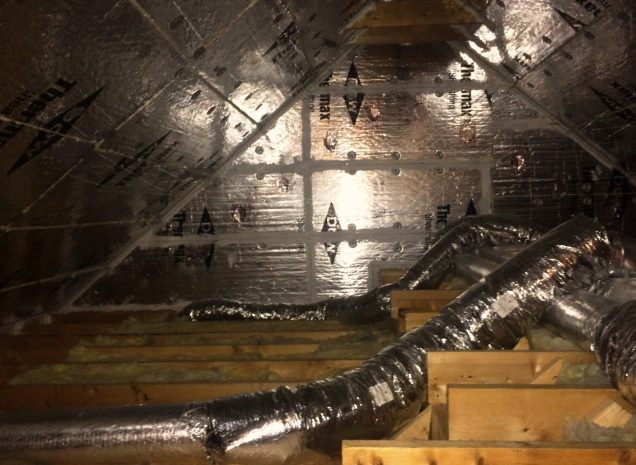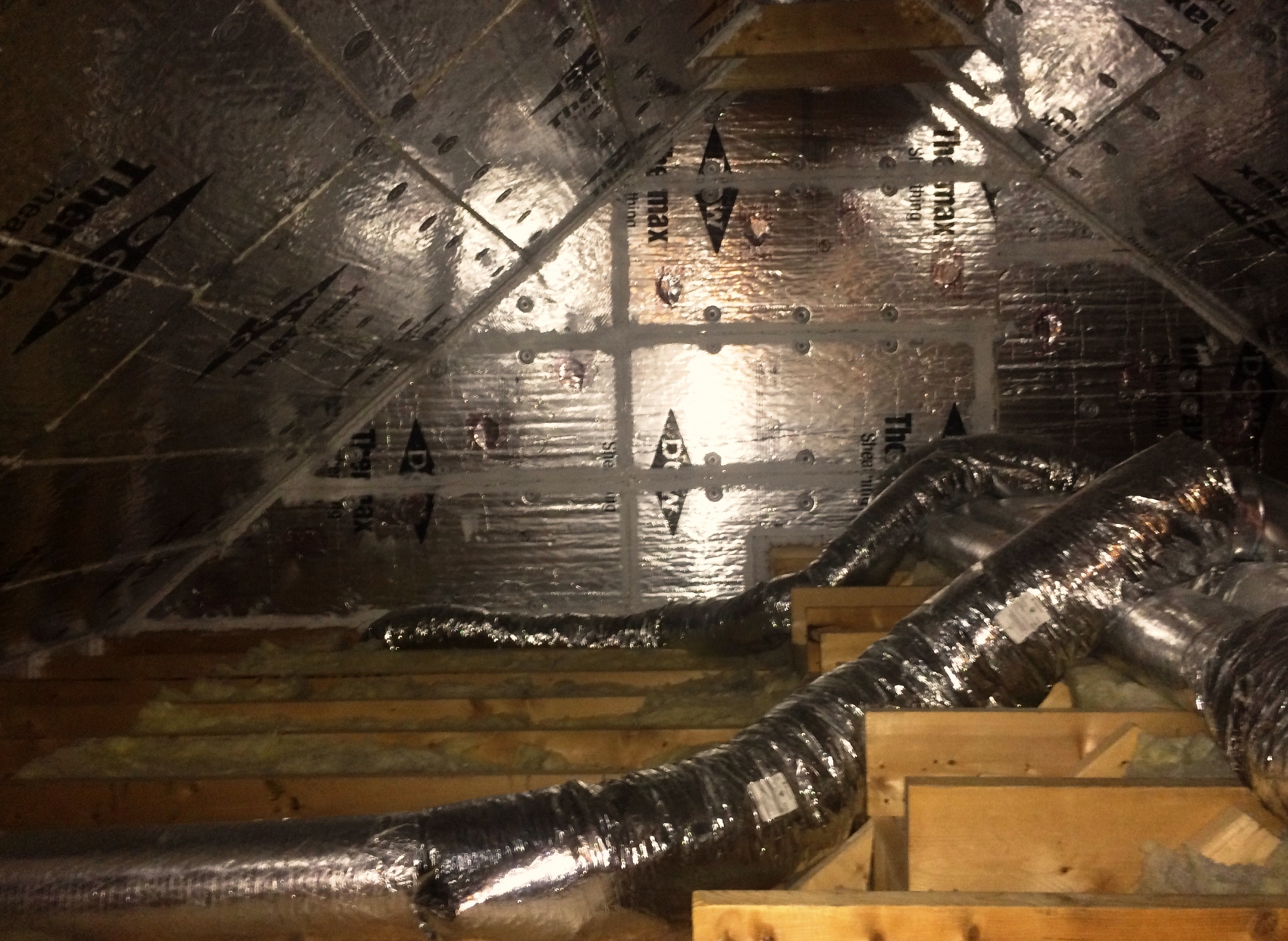You have multiple options to consider when getting the insulation materials your roof needs. The insulation can also work as an added barrier for any leaks that might come about on your roof over time. But when you look for good roofing material, you have to watch for what you are getting.
There are several points to consider when finding a roof insulation material. Each option has many positive features, but you would have to watch for a few added concerns when seeing what elements might work the best for your roofing needs.
Fiberglass
Fiberglass insulation is the most commonly used type of insulation used for roofing. Insulation includes fiber materials pressed between foil or paper sheets. Fiberglass insulation is dense and easy to apply into your attic. The element can be secured onto the supports under your roof, thus keeping your space protected.
The installation process can be detrimental if you don’t use the right protection. You’ll need gloves, a face mask, and other items to keep from being bothered by the fibers.
Wool Insulation
You may also find some wool insulation materials. Wool is much like fiberglass. However, Wool is often thicker than what you might find elsewhere but isn’t hard to install.
Spray Foam
Spray foam is another item that may go under your roof. Spray foam is a liquid material that solidifies into a foam compound when applied. You can use this to get insulation added quickly into any tight space, but this would require you to be cautious. The goal is to ensure there are no problems with getting the insulation materials into your property.
Foam Boards
You can also use rigid foam board for your roofing needs. A foam board uses a solid surface that both keeps air out and also dampens outside noise. Vents should be added onto these boards to allow moisture to dry out.
Radiant Barrier
You have the option to add a radiant barrier onto your roof. Radiant Barrier uses aluminum foil sheets to reflect the heat from the sun. Radiant Barrier is excellent if you have a sloped roof. Radiant Barrier may work better in a warm climate versus a cooler one. In the cold, it’s harder for the foil to work if there isn’t enough heat.
The radiant barrier does well with keeping heat from getting into your home, but it is best when paired with one of the other insulating materials listed in this guide. The barrier should not be hard to install though.
Hopefully, now you know more about insulation




 Let us inspect your roof's condition, repair damaged shingles, reseal flashings, replace plumbing boots, re-caulk exposed nailheads or staples, and more!
Let us inspect your roof's condition, repair damaged shingles, reseal flashings, replace plumbing boots, re-caulk exposed nailheads or staples, and more!
 Addison,
Addison,